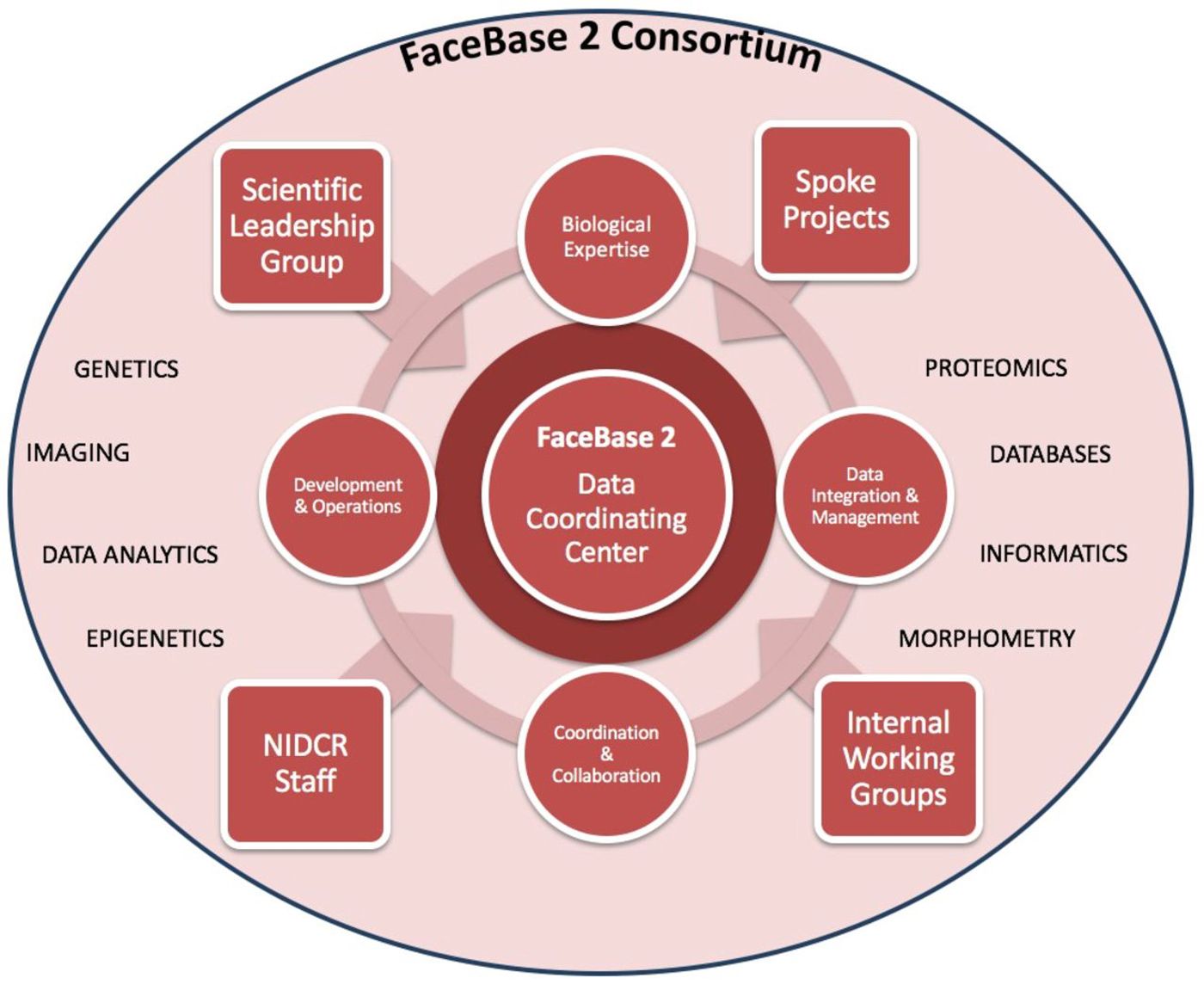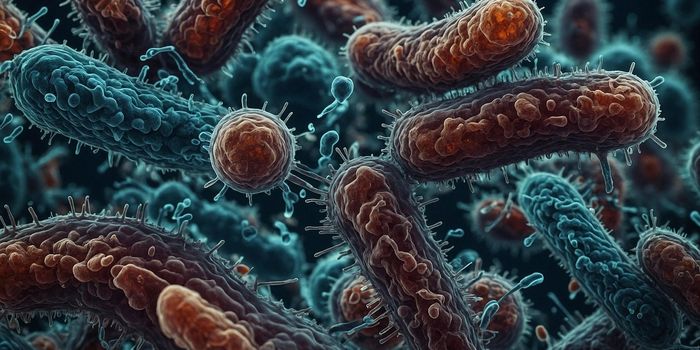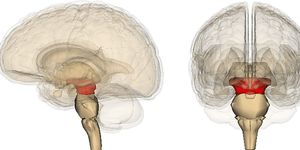The
FaceBase Consortium was established in 2009 to create a publicly available database -
facebase.org - to study how faces develop and the dysfunctions that underlie craniofacial malformations. It's been updated to reflect more data and new methods.
As bioinformatics techniques have advanced and expanded, the amount of data that has been generated has been tremendous. However, it’s becoming increasingly apparent to researchers that in many cases, it’s the connections between those observations that provide the critical insight into the physiology that underlies the complex processes of development.
The National Institute of Dental and Craniofacial Research (NIDCR) established the FaceBase Consortium with the goals of creating comprehensive resources to empower and foster collaboration in the research community, taking advantage of high-throughput technology, and facilitating hypothesis-driven research to take scientific discovery from the bench to the bedside. The video below shows the opening remarks from the annual FaceBase meeting in 2016.
Since the inception of FaceBase, the NIDCR has enabled eleven peer-reviewed research projects; one of those projects served as ‘the Hub’ or central project that functioned to coordinate and integrate data. The remaining ten projects were ‘spoke’ projects that would flesh out the database with both information generated from research and technological development.
Those projects have turned into around 600 datasets on midface development in humans and animals, which are now part of
facebase.org and openly accessible to the public. Over 100 publications have now referenced these resources. The NIDCR has also funded three projects that will perform secondary analysis of FaceBase datasets, using them to investigate human craniofacial conditions and their corresponding animal models.
In 2014, FaceBase 2 was launched with another set of Hub and spoke projects. This time, the scope of the consortium was expanded to include the craniofacial region beyond the palate and midface. The aim of the project remains generally the same – the acceleration of research into craniofacial development through easy accessibility of a massive and diverse stew of resources. No one lab would be able to create this pool of data on their own. As the repository of information grows, it can be applied in more ways; data from several animal models provides an evolutionary and a translational context. Another video from their 2016 meeting is shown below, this time discussing genomic and transgenic resources.
There are many kinds of data in the FaceBase projects. Genome-wide association studies, anatomical atlases, detailed to global gene expression patterns, software tools, imaging modalities and transcriptional information from the course of development from embryonic to postnatal, is included. The Hub also provides users with flexible and interactive ways to interrogate the information.
A new publication in Developmental Cell has highlighted the various new projects in the latest iteration of FaceBase. The authors comment that they hope to promote data sharing in the scientific community while upholding strong standards of intergrity and transparency. They also note the importance of taking time to evaluate the consortium and ensure that it fulfills its mandate to improve the lives of patients through collaborative efforts.
Sources:
FaceBase.org,
Developmental Cell










